The Dinosaur Diet: How Creatures Like Microraptor, Tyrannosaurus, and Stegosaurus Chowed Down [PHOTOS]
Paleontologists from the University of Alberta have determined that the small flying dinosaur Microraptor -- which has wings on both its fore and hind legs -- enjoyed a spot of seafood for lunch.
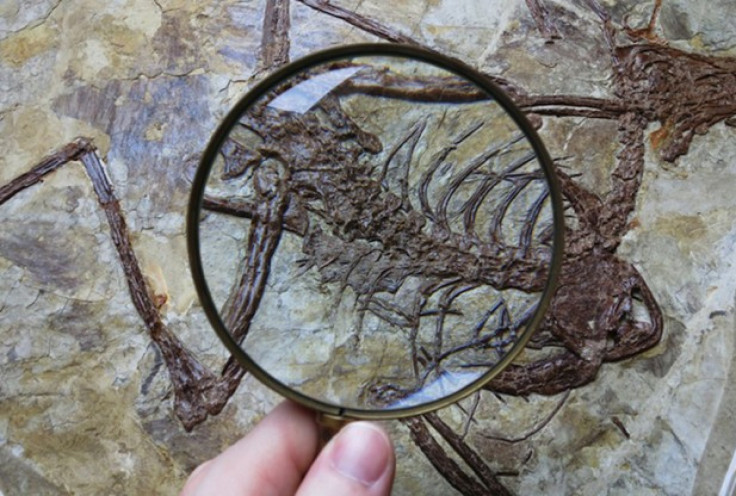
In this particular case, scientists got lucky -- they found a fossilized Microraptor with fish remains in its stomach. Not all dinosaur remains offer such easy answers.
To determine a dinosaur’s dietary preferences, usually paleontologists look first to the teeth.
Sharp teeth curving back toward the throat, the better for ripping flesh from bones, indicate a carnivore.
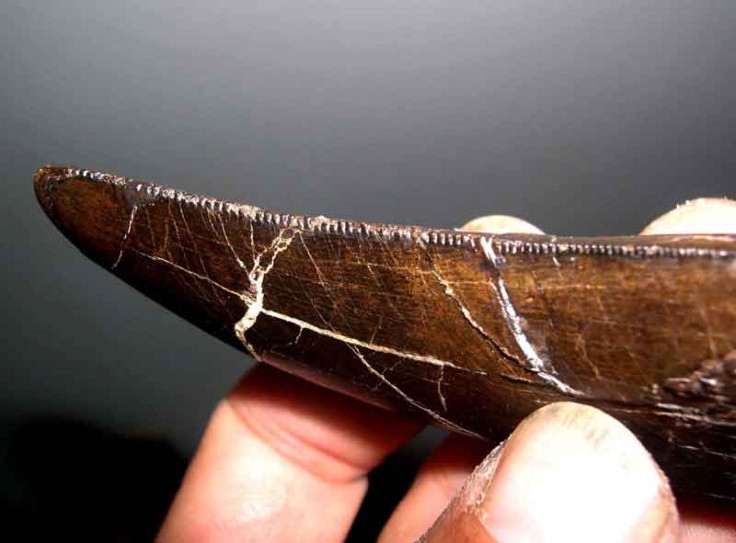
Many dinosaurs that feast on meat have teeth with edges serrated on both sides, like a double-edged steak knife.
But Microraptor’s teeth seem to be specially adapted for a fish diet. Only one side of its teeth are serrated, and its teeth are angled forward, all the better to impale a wriggling fish and swallow it whole. Doubly-serrated teeth, like those of a Tyrannosaur, might have meant that a Microraptor’s meal would tear itself apart before the dinosaur could gulp it down.
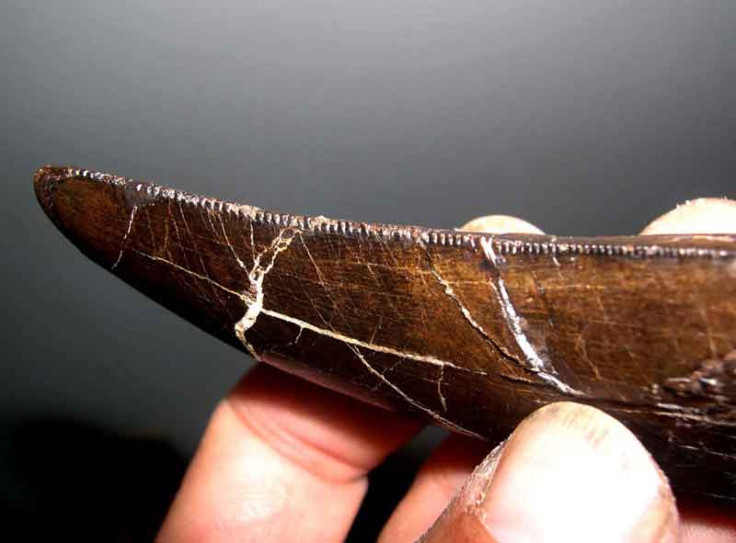
Leaf-shaped teeth are found in dinosaurs like stegosaurs and ankylosaurs that eat plants. Herbivorous dinosaurs could have feasted on any number of the plants available at the time -- mosses, conifers, ferns, horsetails or cycads.
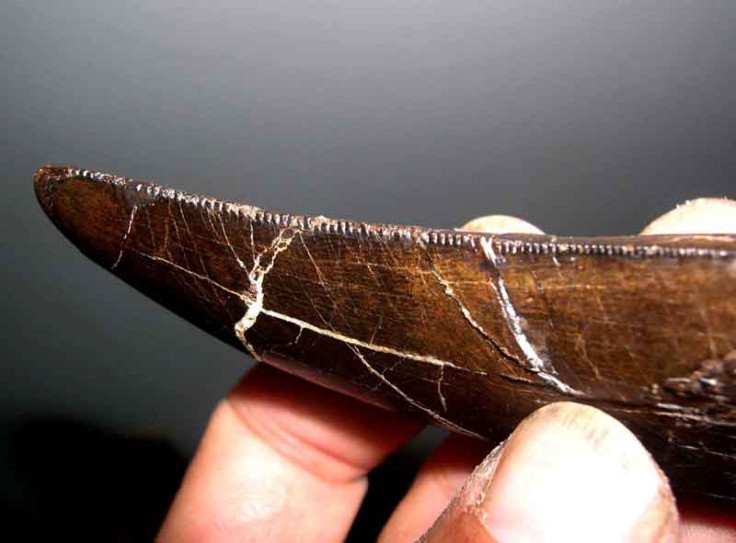
One curious feature of the duck-billed dinosaurs, aside from their flattened beaks, is the flat, grinding teeth found in some species. They’re similar to the teeth of modern grazing animals like horses. But dinosaurs definitely didn’t eat grasses -- the earliest firm evidence of the existence of grass (fossilized pollen) dates back to 60 and 55 million years ago, long after the extinction event that closed the book on the Cretaceous period and the reign of the dinosaurs. But those grinding teeth would allow them to easily make work of tough vegetation that other dinosaurs would need to swallow stones to digest.
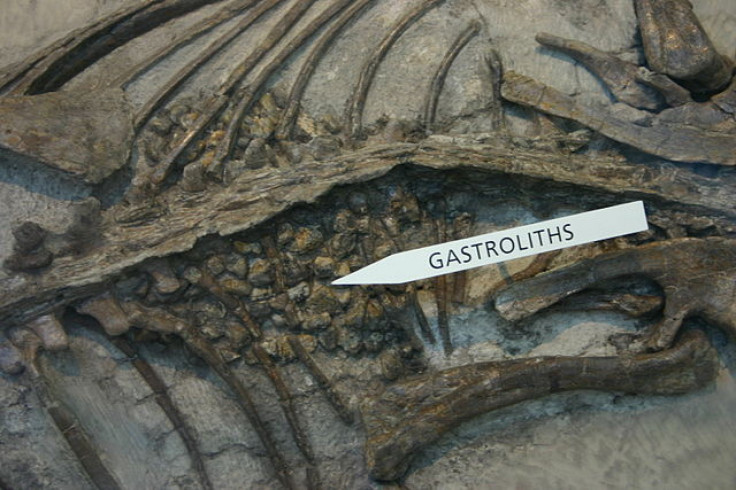
Flowering plants, or angiosperms, are actually a relatively recent invention. Scientists think that flowers originated about 140 million years ago, around the Early Cretaceous. Until then, wouldn’t have had much fruit to munch.

Last October, a University of Chicago paleontologist hypothesized that a species he discovered, Pegomastax africana, used its fangs to feast on fruit, not meat. But Pegomastax lived about 200 million years ago, long before flowering plants supposedly arose. It’s possible that some dinosaurs might have eaten the fruit-like bodies produced by cycads and other non-flowering plants, like the one seen here:

But not until near the end of the Mezozoic era would dinosaurs be able to dine on true fruits.
© Copyright IBTimes 2024. All rights reserved.











